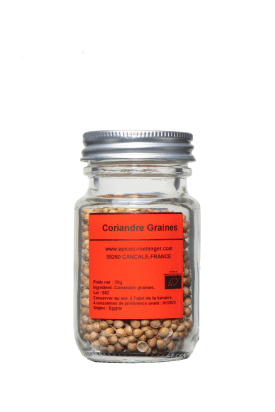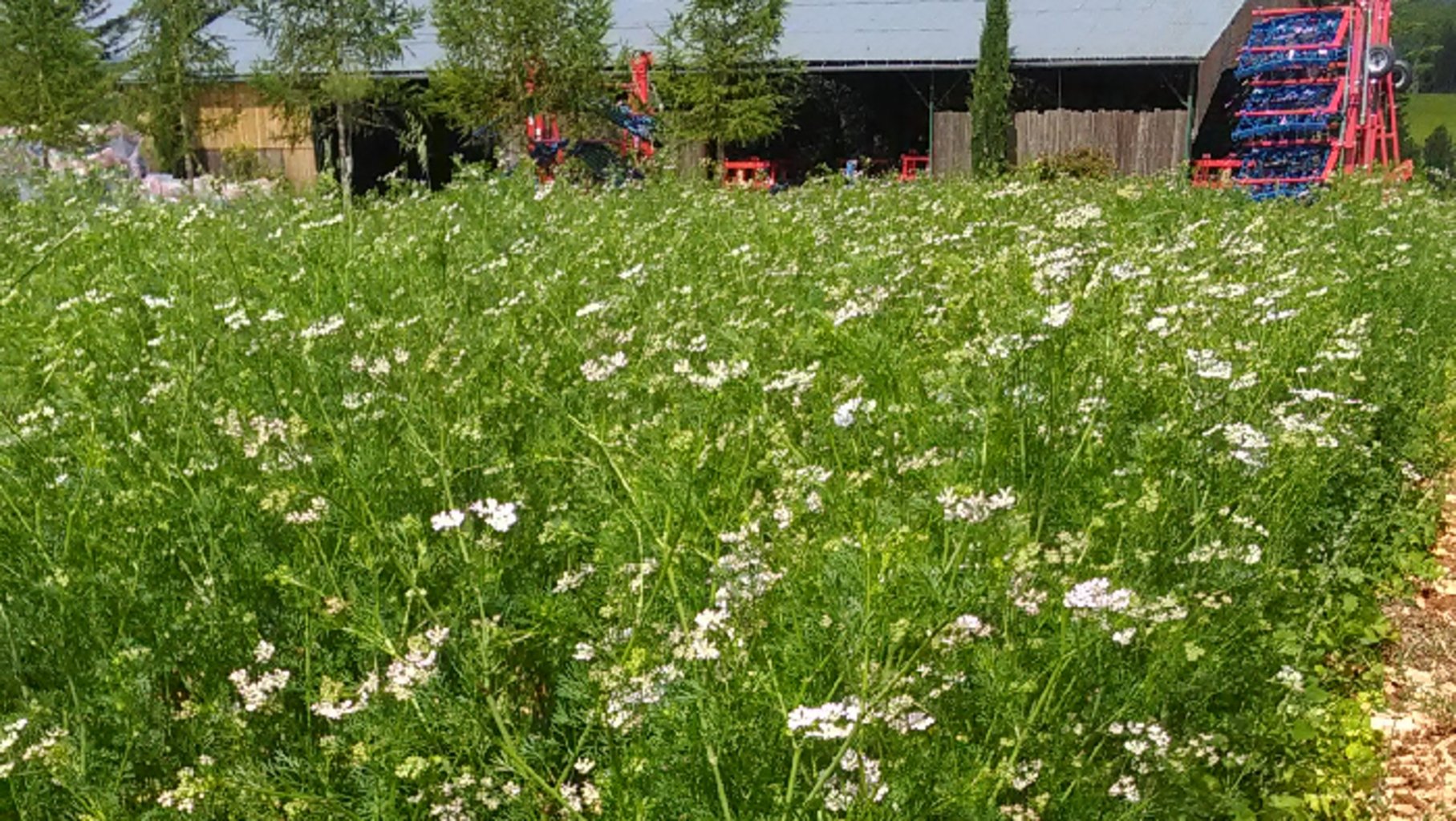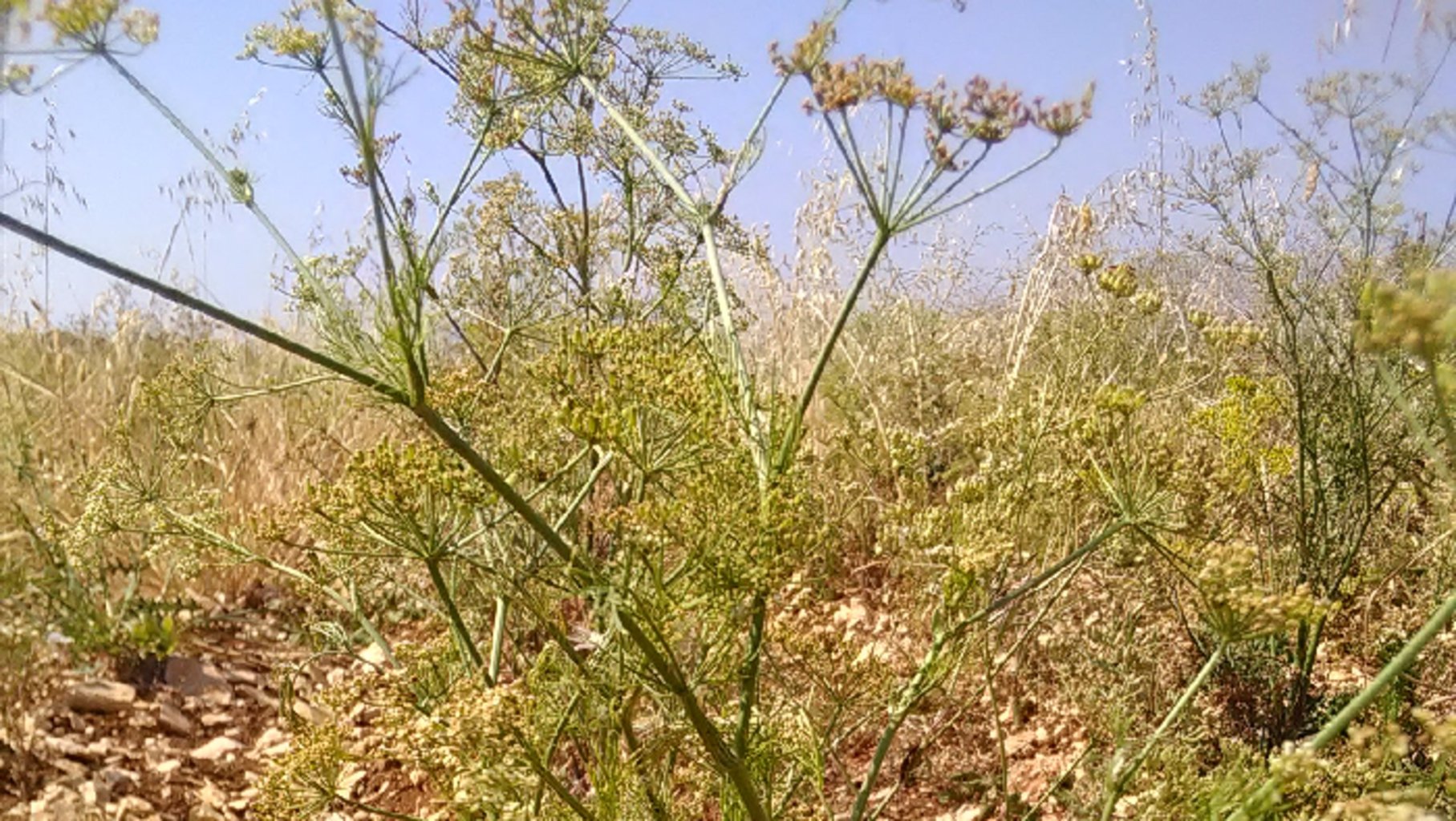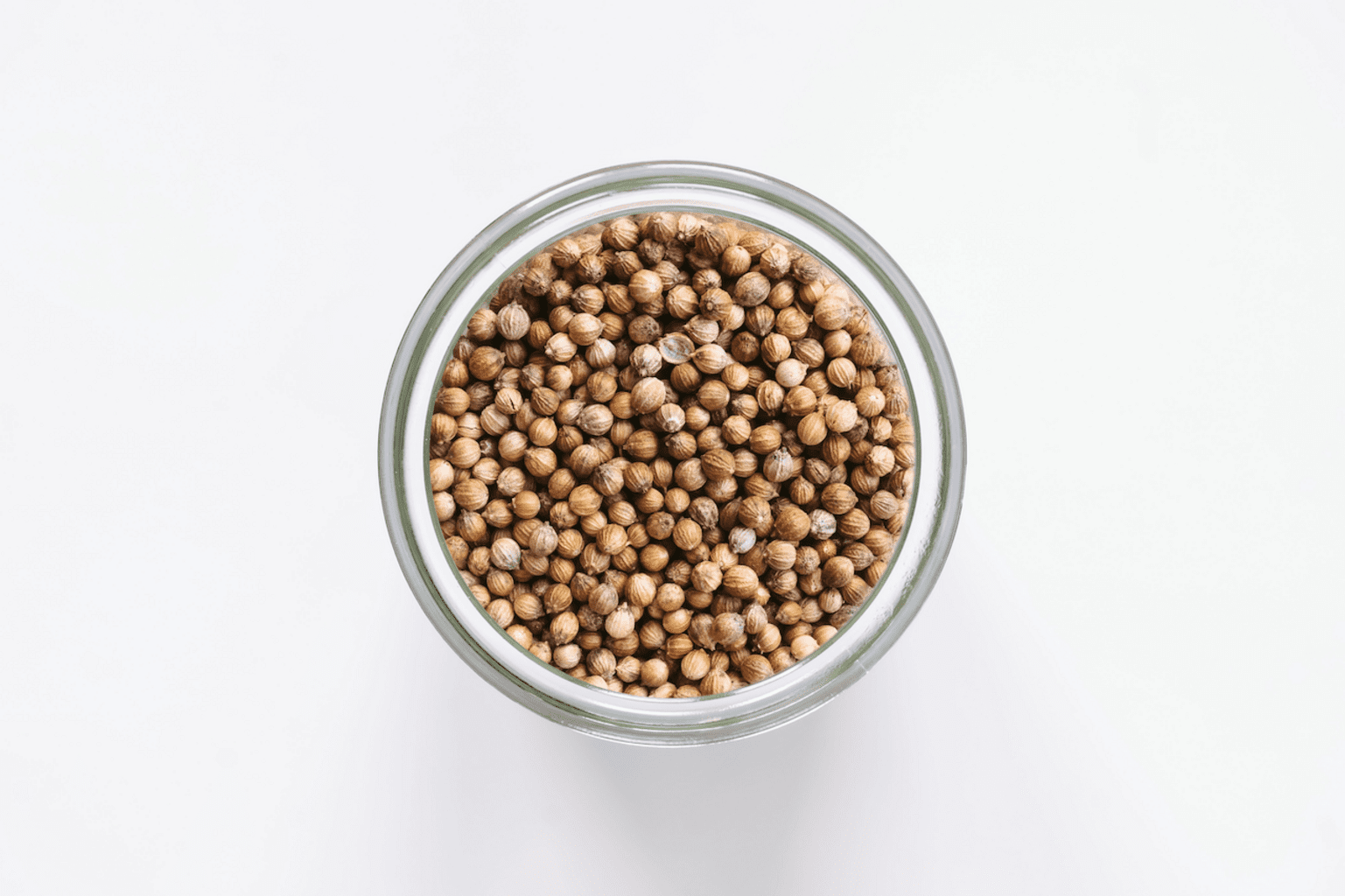Coriander

Recommendations
-
Allergens
Absent, except for cross-contamination.
May contain traces of sesame, celery, mustard, soy. - Origin Egypt or France
- Storage / Use In a cool, dark, dry place.
Olivier Rœllinger's words


Story
Coriander has been a part of Middle Eastern cuisines since the dawn of time and coriander seeds have even been found inside the Pyramids. Ancient Romans traveled with the herb, and Charlemagne recommended all his subjects grow the umbellifer because it could be used to preserve meat when paired with cumin and vinegar. Cooks in India and China have are so crazy for coriander that it is now the most popular aromatic plant in the East. The Chinese believe coriander can make one immortal.
The first colonists took coriander to the New World, where it was grown as early as 1670 in Massachussetts (USA) before taking over the three Americas and becoming a defining ingredient in Latin American cuisine. Coriander seeds and leaves (cilantro) can now be found in most cuisines around the world.
In French cuisine, coriander seeds are used to make ‘à la greque’ recipes with mushrooms and vegetables. European cooks once rejected the scent of fresh coriander (cilantro) because it smelled like stink bugs. The word ‘coriander’ actually comes from the Greek word, ‘Koris’ which means male stink bug.
